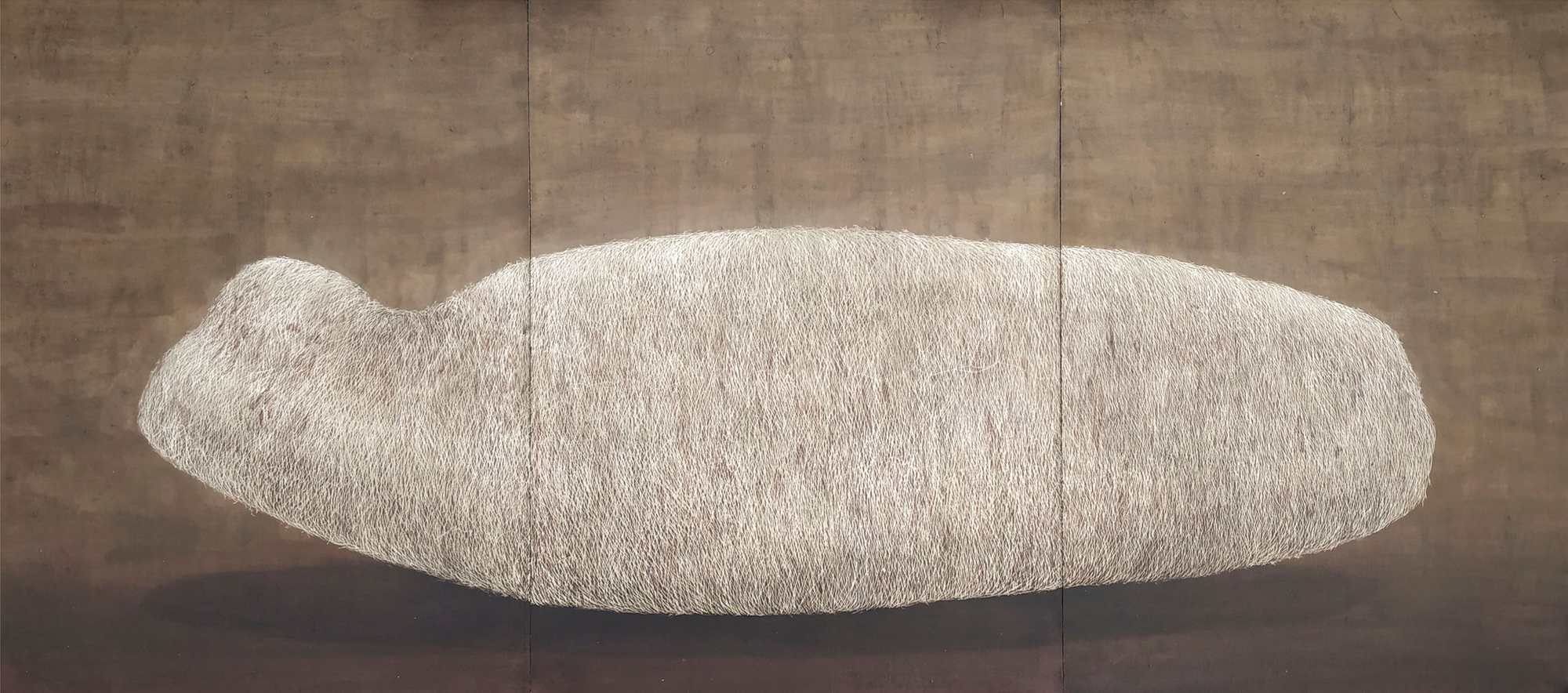#InConversation with Avijit Dutta
By Sanjana Srinivasan | Dec 11 2023 · 5 mins
Born in West Bengal, Avijit Dutta’s practice is a reflection of his surroundings, home, community, society, and the sensitivity of time. Using opaque colours, pens, charcoal, and soil for the most part, Dutta depicts several objects through his work. The artist believes that small objects are used for various activities in the daily lives of communities from lower to the middle-class. He tries to use these objects as metaphors to indicate different social conditions.Here, Sanjana speaks to Avijit about his practice.
Sanjana - Can you share the story of what inspired you to focus on the iron industry and
industrial landscapes of Howrah in your art?
Avijit- I mainly live in the Cotton Mill and Rail industrial area of Howrah. Being adjacent to the
railway gate and railway station, I was particularly influenced by the lifestyle of the
common people. So, my works mainly refer to the daily life of common people in my
surroundings.
I like to work with common objects, carry bag is one such object which I use in
most of my artworks. It is an integral part of the daily life of common people, which is
always connected with their life. They use their carry bags every day from waking up in
the morning till going to bed at night. So I cover their faces with carry bags, which
refers to their apathetic reaction to other issues in the society. I feel like they are
stuck in a daily life cycle, every day from the beginning of work in the morning to the
end of work at night, their daily life is passing in this way. No external social or political
events affect their soul and daily life. Those events are insignificant compared to the
daily struggles. All their joys, enthusiasms, fatigues, leisures are constantly revolving in
their life cycles. Which became the main concept of my work.
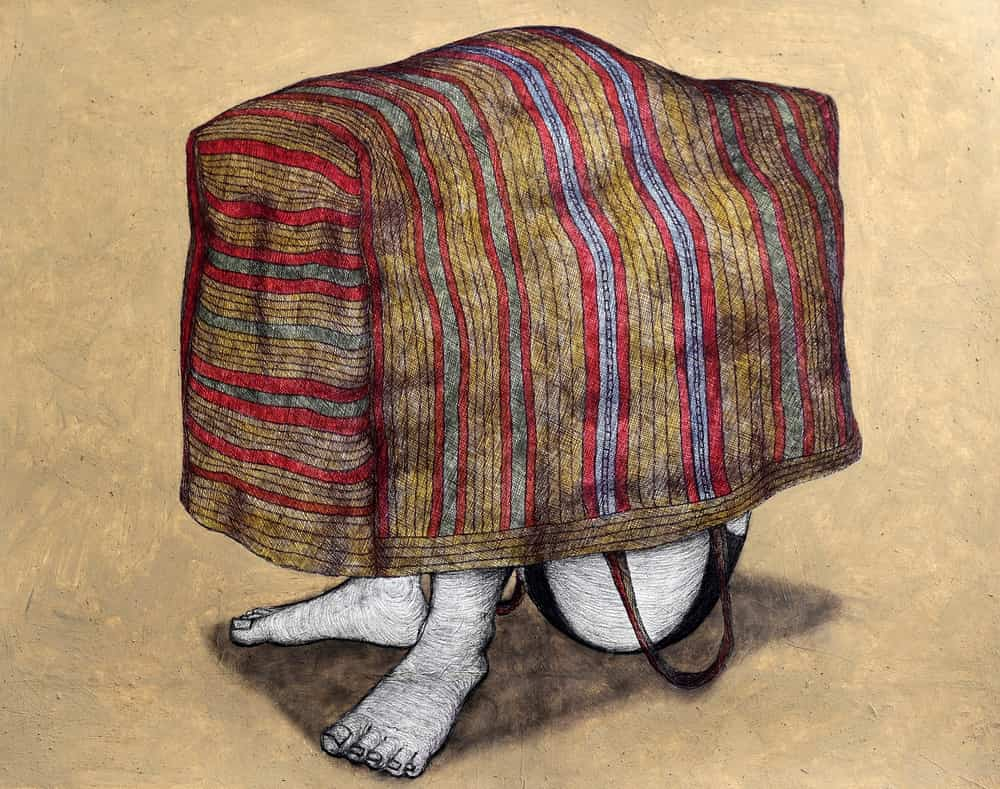

Untitled VII, 2021
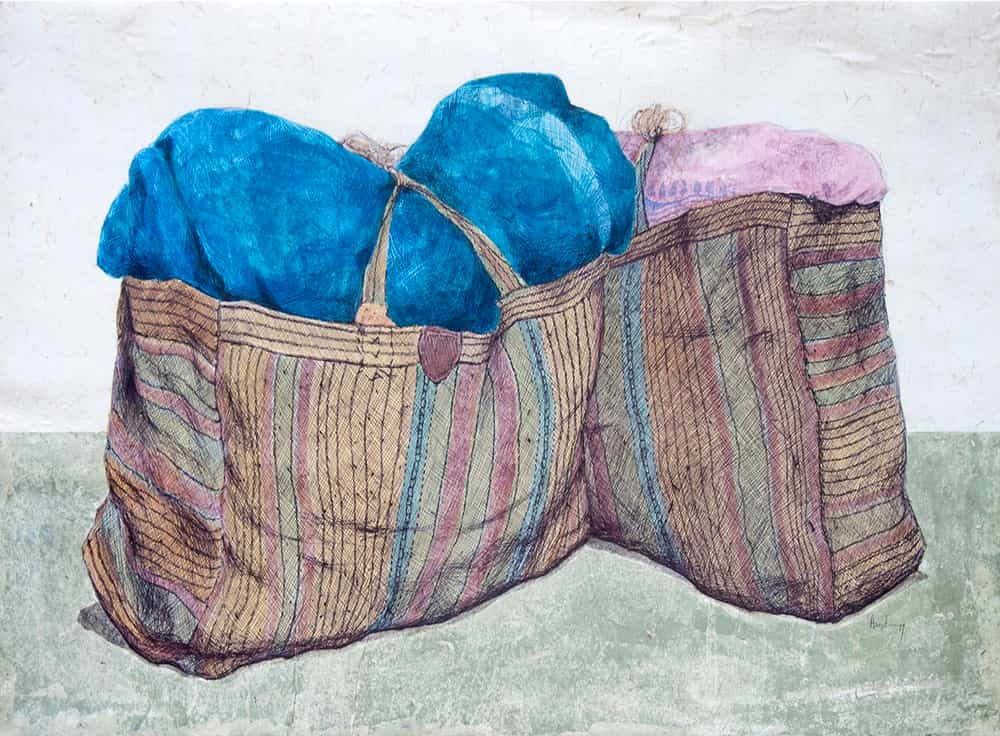

The journey, 2019
Sanjana - Your art has a surreal style where everyday objects take on metaphorical roles. Can
you explain the significance of these objects and how they reflect the socio-cultural
fabric of Howrah?
Avijit - I think the objects I use are not only metaphors for my surroundings, but also
metaphors for each of our daily lives. These common objects are objects of daily use
by each of us. We are emotionally attached to these simple things.
Sanjana - Your use of materials sourced from Howrah, such as Howrah soil, and the scratching
technique you use add a unique dimension to your art. How do these materials and
techniques enhance your visual language and connect your work to the essence of
your roots?
Avijit - I mainly use soil to represent my work space, my present surroundings, the area the work
dominates and the significance of the nature of that area. So it's not to do with just Howrah, if I go to work somewhere else later, maybe I will collect soil from there and
use it for my own work. In that case, I may use not only the soil but maybe some other material in my work.
The life journey of common people here is not very simple. People work here every
day. Yet their lives stop at one place, no improvement. But there is joy in that too.
Which I try to highlight in my artwork through scratching technique.
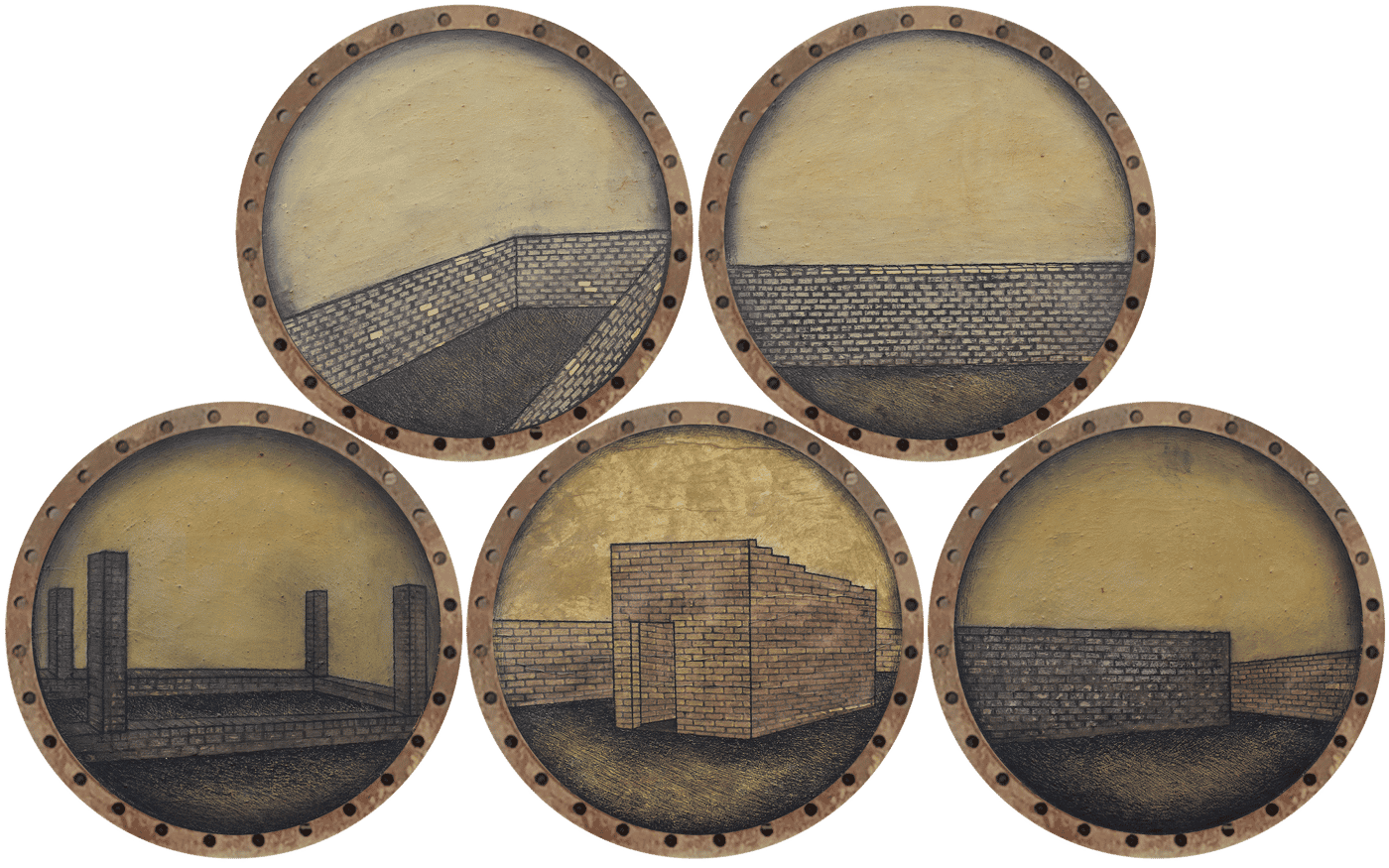

Landscape II, 2023
Sanjana - Your palette resonates with rust and earth tones. How does your choice of colours
contribute to the message and atmosphere of your artwork?
Avijit - The colours of rust and earth tones that come into my art work are reflected in the
changes in my art practice. Surrounding roads, railway lines, dusty, rough
environment, pollution coating on trees, dull mental state of common people come out
through the colours of my artwork.
Sanjana - In your pieces, you mention highlighting how the beauty of nature is fading away.
Can you discuss the environmental and social messages you're conveying through
your art, if any, and why these themes are important to you?
Avijit - In my area, which is mainly an iron and steel town, but in the past there were ponds, lots of trees.
But currently many trees are being cut down as a result of industrial development,
ponds are being filled up and roads are being built. Which is extremely harmful. I am
traumatized by this, and maybe my protest is reflected in my artwork.
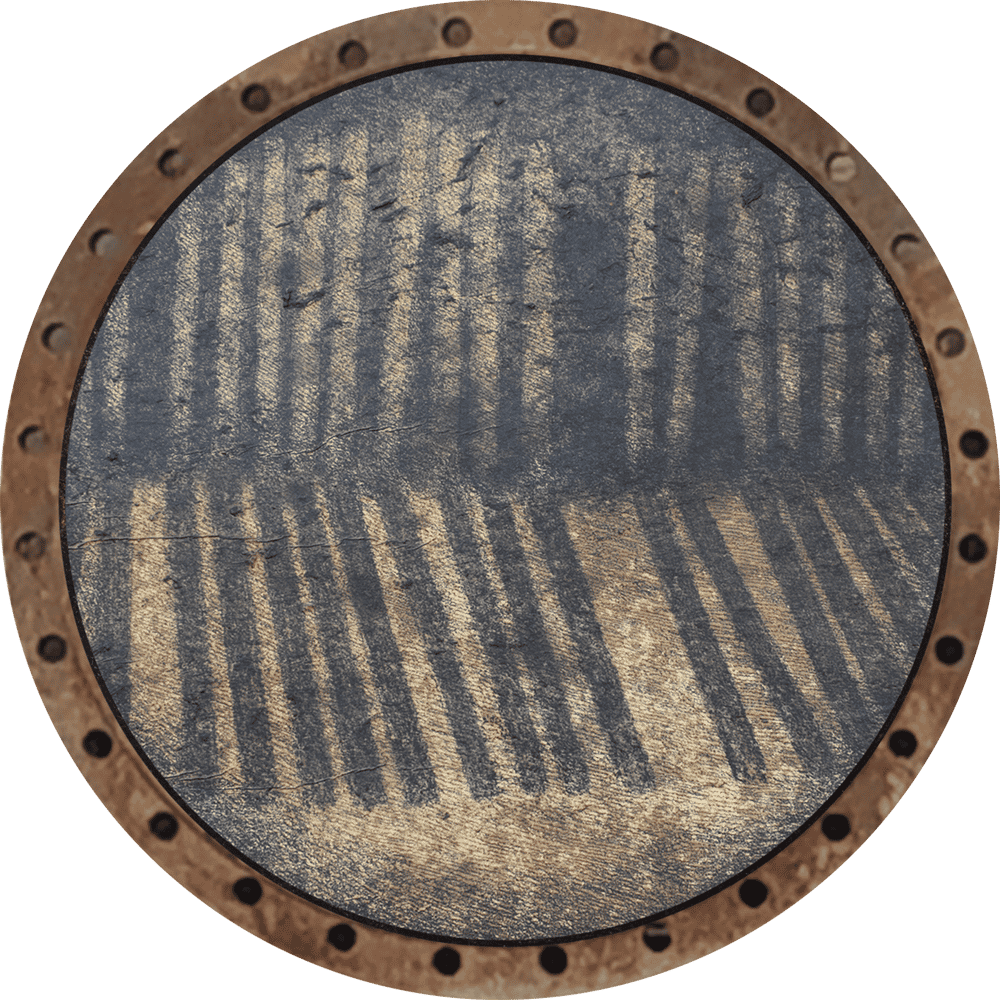

Landscape I, 2023
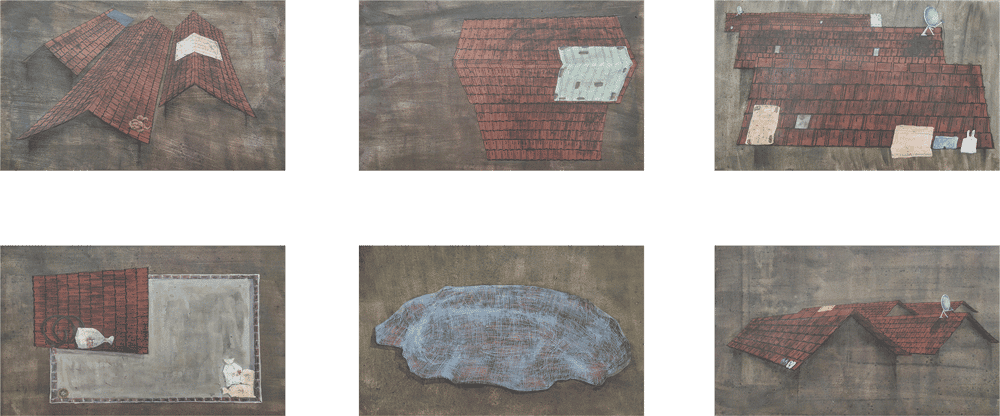

Community II, 2021
Sanjana - How do you decide on the scale and composition of your artworks? Do you have
specific intentions when it comes to how the elements in your artwork interact with one
another?
Avijit - I do not maintain any particular scale and composition in my work. If I feel like doing
something large, I do it. But I don't like wasting paper. So, if ever a small piece of
paper is damaged I try to use it.
In the case of composition, if I start with a layout first, then I do the work as I like.
Sanjana - Are there any specific artists, art movements, or sources of inspiration that have had
a significant impact on your artistic journey and style?
Avijit - I am inspired by the work of all artists. But I'm more interested in surrealism, which to
some extent might be reflected in my work.
Sanjana - How do you see your art evolving in the future? Are there new themes, techniques,
or projects you're excited to explore in your upcoming work?
Click here to view Avijit's Online Viewing Room and learn more about his practice.
Avijit - I will take my work to a better level in the future and involve myself in more ways. I
think this art practice is a journey. So, in the meantime I hope new methods and
techniques will be reflected in my art practice. Which may be reflected in my new
projects.

